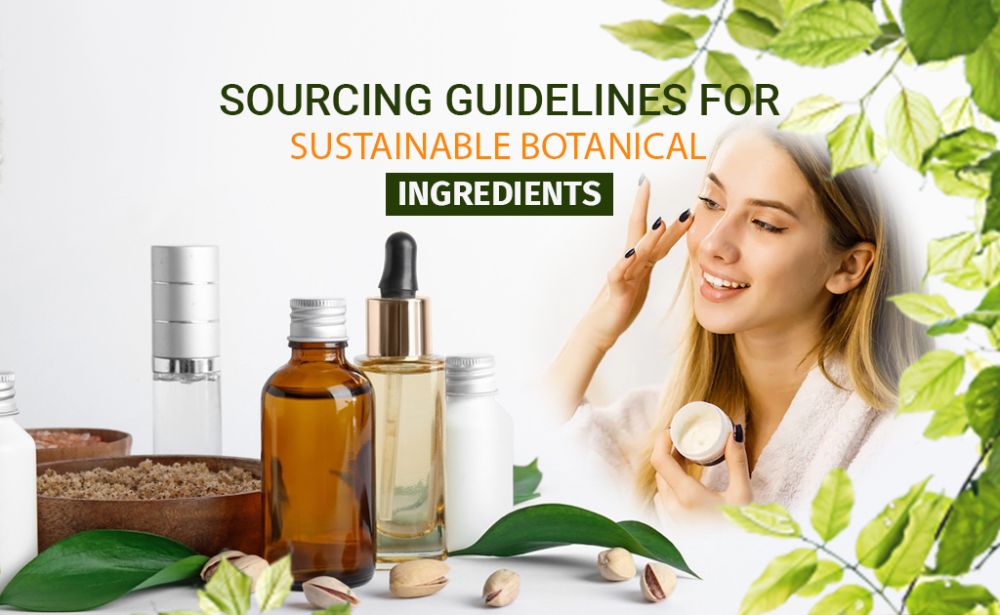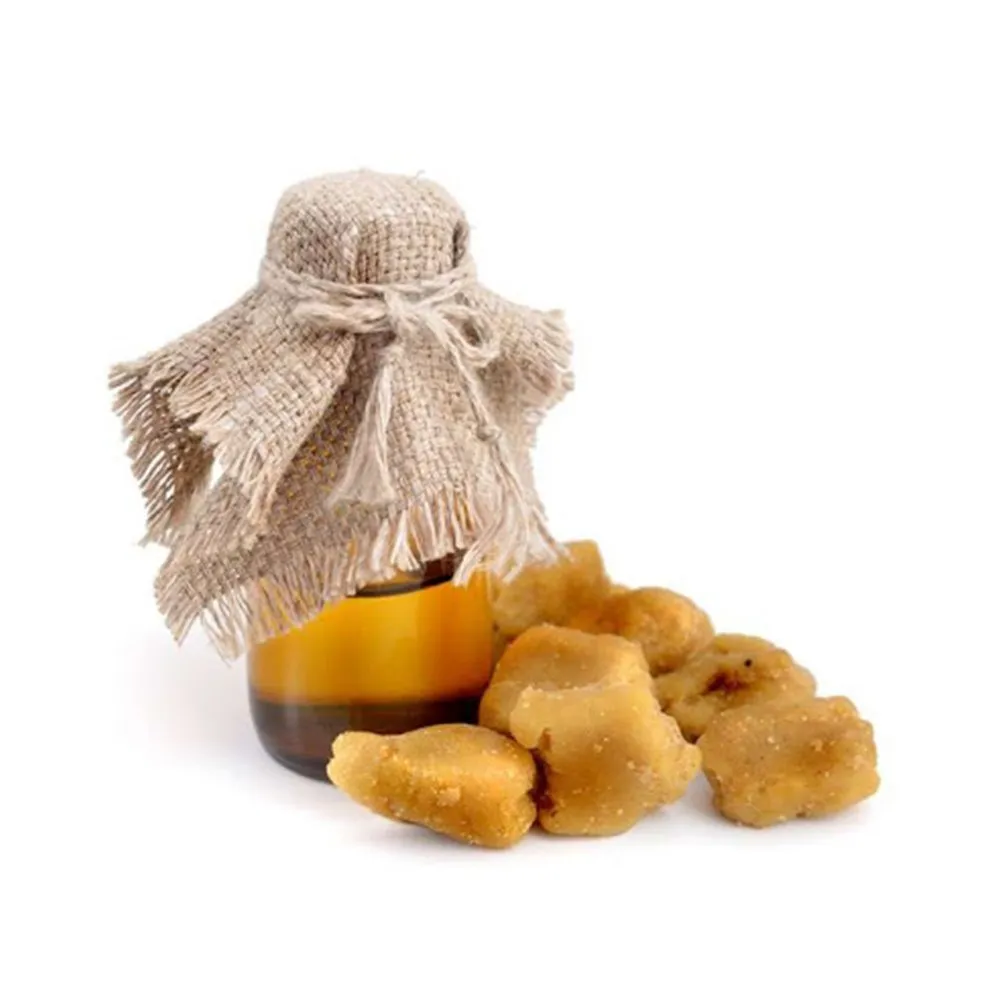The beauty and skin care business is expanding in response to customer demand for sustainable botanical ingredients in their daily skin care ingredients. According to Statista, the Natural Cosmetics market is predicted to develop by 3.93% yearly (CAGR 2022-2027).
In terms of global revenue, China generates the most ($2,462.00 million in 2022). Consumers today place a premium on sustainability in the skin care ingredients business. Further, sustainable sourcing methods have gained prominence with the growth of challenges such as ocean plastics and zero waste.
Thus, natural organic skincare brands cannot survive only on the brand promise. Companies must exhibit authenticity and transparency throughout their supply and manufacturing chains if they want to build a dedicated community of customers.
Consumers can instantly fall out of love with a brand, thanks to social media, if they uncover a misleading promise or if a brand needs to be more upfront about how it does business. Green beauty enterprises must, therefore, entirely grasp their supplier chains.
This post will show you how to find sustainable botanical components for your skin care formulas.
Learn About Your Suppliers
Suppose you are continually attempting to keep your commitment to give your customers “green” beauty genuinely. You can take various actions to guarantee that your products do not hurt the environment, and one of the most crucial is to source sustainable botanical ingredients carefully.
It is feasible to purchase responsibly produced raw materials and contribute to conservation efforts. However, you must get to know them and understand where and how they make your valuable oils, extracts, and hydrosols.
With this knowledge, you can be confident investing in companies that care about the environment and those who work for them.
The expansion of the natural beauty market provides us with the opportunity not only to produce beautiful goods but also to make a difference in the world by pushing new, more ethical, and environmentally responsible industry methods.
Where Do Your Botanical Ingredients Come From?
Understanding where our components come from is critical for the long-term sustainability of nature and the livelihoods of those who collect and produce them. Jeeva Organic has strong relationships with the supplier chain communities.
Our robust supply chain architecture provides a transparent view of all supply chain actors. When collectors work in decent conditions, they are more likely to accomplish their job well. This will help to improve the quality and longevity of our products.
To maintain good quality and conserve nature, specific criteria about the quantity and technique of collection must be followed while harvesting medicinal plants. This is only possible if staff are adequately trained and motivated.
Guidelines for Sustainable sourcing of Botanical Ingredients
We must adapt as consumers become more knowledgeable and demanding. To protect our beautiful world and provide the finest skin care ingredients possible to your clients, you should always try to:
Sustainable Sourcing From the Origin
Purchase from long-term suppliers like Jeeva Organic, who value their employees and the environment. You are not only ensuring the freshest ingredients but also helping local communities and the individuals who come into daily contact with nature.
They learn to respect nature and its benefits by earning fair pay and working in good conditions. These providers will allow you to purchase sustainable botanical components with confidence.
If you can’t buy directly from sustainable vendors, inquire about the plant material used to make the extracts. Even raw materials are frequently transferred multiple times before reaching the extraction facility.
Research Your Exotics
When it comes to more “Exotic” ingredients that are not locally available, try to get them directly from their country of origin from suppliers who certify that they adhere to stringent environmental and ethical norms.
Investigate them online, through local databases, cooperatives, and other industry or marketing bodies, and by attending international trade shows. Personal contact should be considered. Many small producers welcome the opportunity to interact directly with their customers.
Some common questions that your research should cover include the following:
- What is the source of the ingredient?
- Who created it?
- Where and how was the plant material gathered?
- Were the plants picked from the wild or cultivated?
Search for Transparent Processes and Authenticity
This may seem apparent, but we frequently overlook the need to look for suppliers who can demonstrate legitimate accreditation from recognised groups such as Organic, Kosher, HALAL, and others.
You can then cross-reference their assertions on the websites of the certification agencies.
Source in Bulk
Join forces with other formulators and brand owners in your area to purchase exotic ingredients in bulk from vendors. This can help to save money.
Keep Your Records Updated
Make a separate excel database for each ingredient you use. Include the contact information for the suppliers you’ve discovered, the provenance of the materials they sell, the minimum order quantities (MOQs), prices, shipping costs, certificates, and other pertinent information.
This allows you to prioritise suppliers and determine how much it will cost you to implement sustainable criteria in your purchase. You’ll be shocked to learn that the “premium” isn’t all that expensive. Explain the significance of ethical ingredient sourcing.
Increase consumer awareness by sharing your experiences and providing specific, easy-to-remember examples. This will encourage customers to select your brand and make other good shopping decisions. Every time you spend money, you vote for the type of world you desire.
Our voices and decisions can help shape a healthier, brighter future for our world. Your clients rely on you to keep your promise of quality and sustainability. Fortunately for us, the two complement one another.




